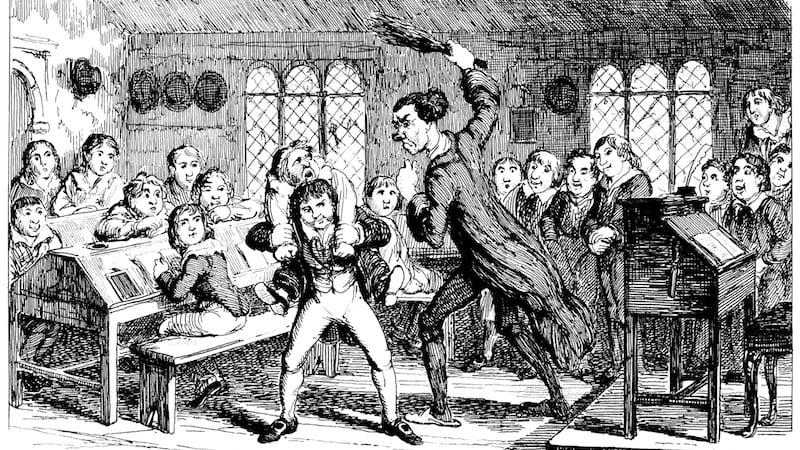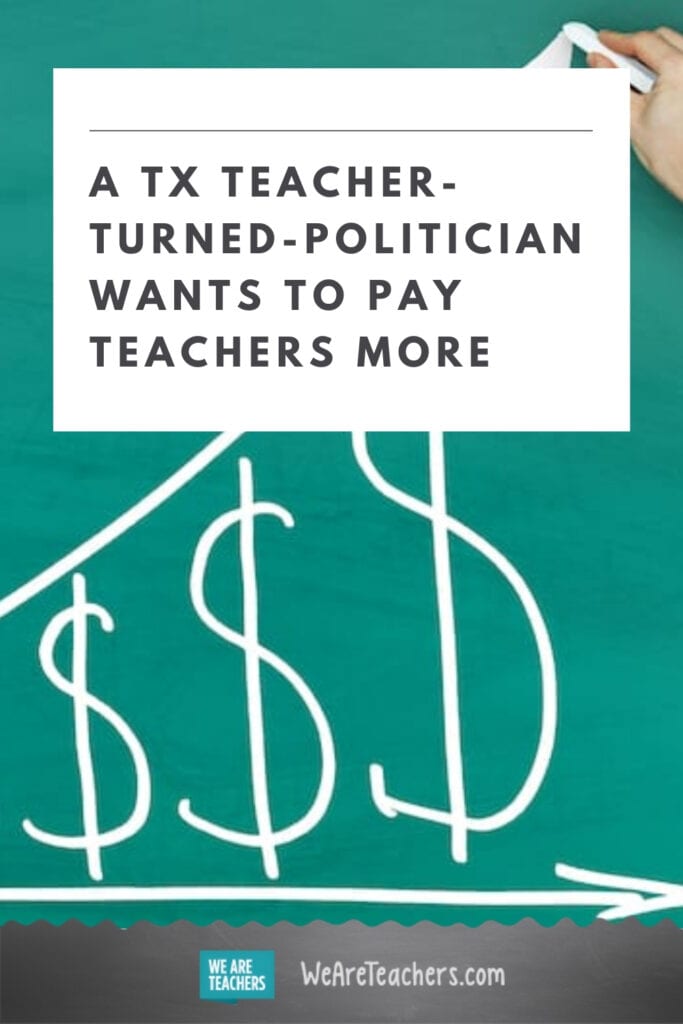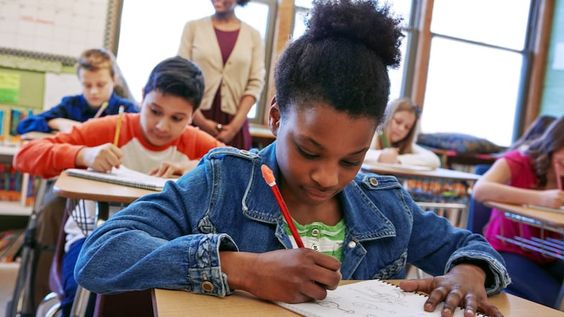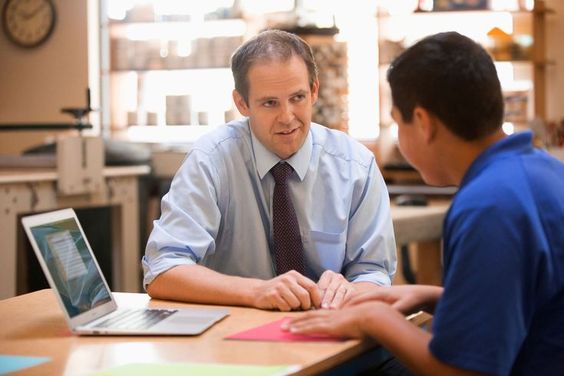Introduction:
For countless teachers around the world, the profession of teaching is much more than just a job – it’s a passion. Despite facing numerous challenges, these educators remain dedicated to making a positive impact on their students’ lives. However, in between lessons and marking homework, there are several cold, hard truths that teachers wish their students would learn. In this article, we will explore these truths and understand why they matter so much to your educators.
1. Learning is a Lifelong Process
Teachers want their students to understand that learning does not end when they leave school. It is essential to cultivate a love for learning that continues throughout life. Embrace curiosity and never stop seeking knowledge.
2. Education is a Privilege
Not everyone has access to quality education globally, and it’s crucial to appreciate this privilege. By valuing education and making the most of it, students not only grow intellectually but also contribute positively to society.
3. Failure is Part of Growth
Mistakes and failures can be painful in the moment, but teachers hope their students will see them as essential parts of the learning process. It’s through these experiences that we develop resilience and acquire essential life skills.
4. Self-discipline Drives Success
Successful students possess self-discipline and the ability to complete tasks independently without constant prompts from teachers or parents. This skill will serve them well beyond the classroom, both in personal and professional situations.
5. Time Management is Key
Effectively managing time is critical for academic success, reducing stress levels and developing personal responsibility. Teachers emphasize this because it’s an invaluable skill that will significantly benefit students throughout their lives.
6. Respect Matters
Treating others with respect creates a positive learning environment that helps all individuals flourish. Recognizing the worthiness of every person helps build strong relationships both inside and outside of school.
7. Critical Thinking is Essential
Education is not just about memorizing facts. It’s about developing the ability to think critically and analyze information from various sources. This skill is integral to success in various aspects of life, from making informed decisions to participating in constructive discussions.
8. Embrace Diversity and Inclusivity
An essential part of a healthy educational environment involves embracing different cultures, perspectives, and ideas. By fostering empathy and understanding, students become better-equipped to contribute to a more inclusive world.
9. Hard Work Pays Off
While natural talents can give you an edge, teachers believe that hard work and dedication are the keys to success. Putting in the effort consistently over time increases your chances of achieving goals and overcoming obstacles.
10. Learning Involves Taking Risks
Stepping outside their comfort zones can be intimidating for students, but it’s a vital aspect of learning and growth. Teachers wish their students would take risks without fear of disapproval or ridicule because it leads to personal development and unexpected discoveries.
Conclusion:
As educators continue to prepare students for the future, these cold, hard truths serve as important reminders of the lessons that lie beyond academics. By embracing these truths, students can develop essential skills, nurture strong relationships, and ultimately become better people overall. Understanding these truths is crucial, not only for academic success but for personal growth and navigating the wider world with grace and confidence.











